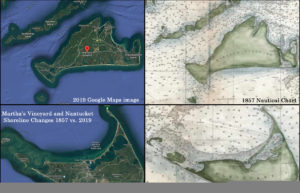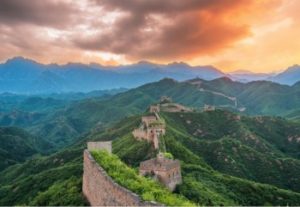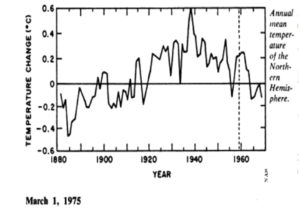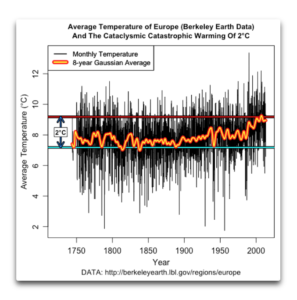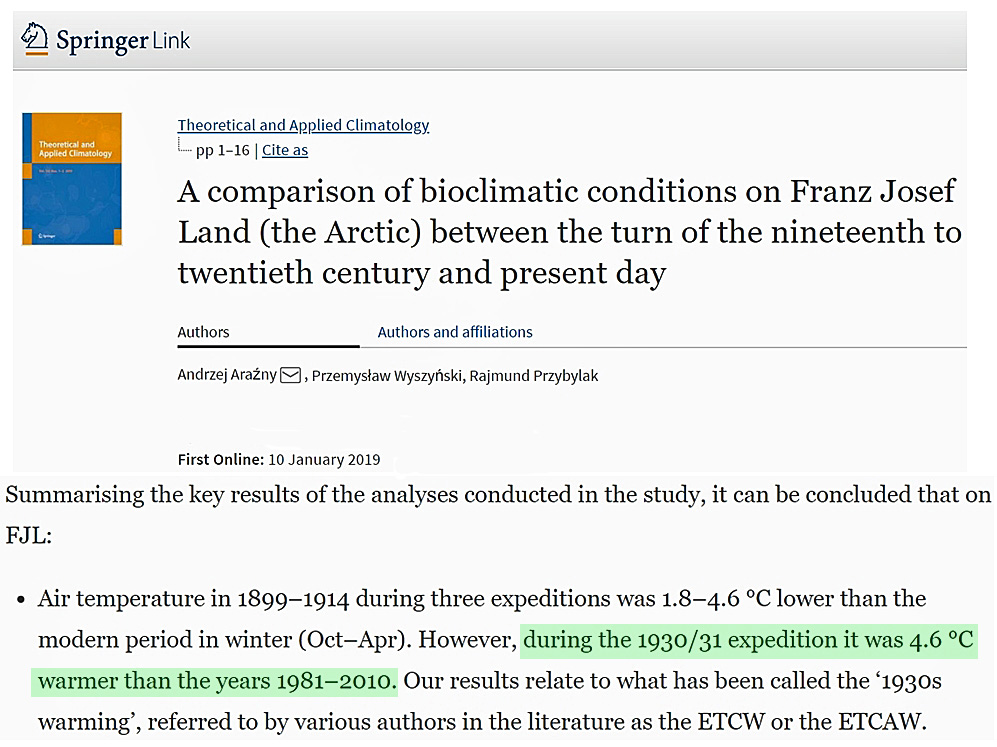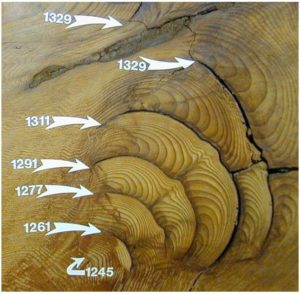by David Middleton, February 5, 2020 in WUWT
This is a sort of a spin-off of Rutgers University Global Snow Lab and “the Snows of Yesteryear” and A Geological Perspective of the Greenland Ice Sheet. And, yes, there are a lot more than five charts in this post… And, none of them were all that easy.
Introduction
There is a general scientific consensus that the Greenland Ice Sheet (GrIS) has been losing ice mass since the Little Ice Age (LIA). This should come as no surprise, since the LIA was quite likely the coldest climatic episode of the Holocene Epoch. Although it does appear that the GrIS may have gained ice mass during the mid-20th century global cooling crisis.
According to Mouginot et al, 2019, the GrIS was gaining an average of +47 ± 21 Gt/y from 1972–1980, then began to lose ice mass after 1980:
-
-51 ± 17 Gt/y from 1980–1990
-
-41 ± 17 Gt/y from 1990–2000
-
-187 ± 17 Gt/y from 2000–2010
-
-286 ± 20 Gt/y from 2010–2018
…
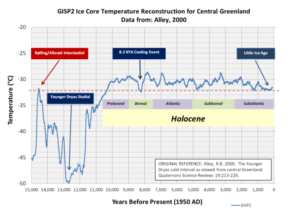
Figure 4. Central Greenland temperature reconstruction (Alley, 2000).
…




